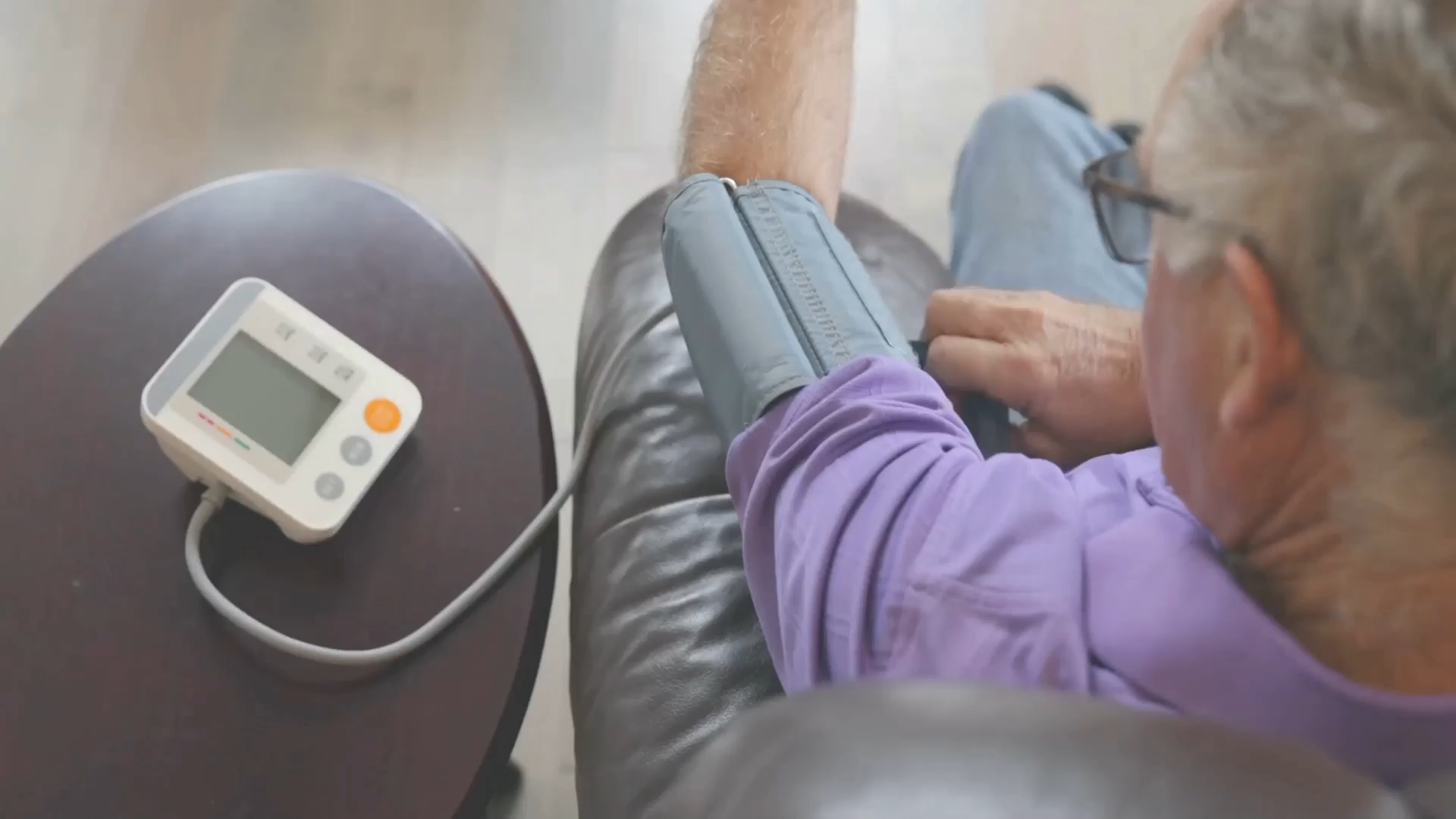Are you looking for ways to improve patient care for cardiovascular disease? Although the disease remains the leading cause of death globally, remote patient monitoring (RPM) has emerged as a beneficial tool that many cardiologists are beginning to adopt, because it allows them to track patient health metrics in real time and intervene before symptoms lead to negative outcomes. Let’s explore how your team can leverage remote patient monitoring in cardiology to optimize your treatment plans.
How RPM Supports Cardiologists
RPM involves the use of wearable sensors that continuously record key patient vitals. This data is collected and transmitted directly to your in-house team for analysis. Cardiologists have found that they can reap several benefits from implementing this technology to manage conditions like hypertension, arrhythmias, and heart failure.
- Early Detection of Cardiac Events: Continuous monitoring helps identify warning signs before they escalate into severe complications.
- Improved Patient Compliance: RPM enables real-time feedback that patients can also engage with, helping them stick to their prescribed treatment plans.
- Reduced Hospital Readmissions: RPM promotes timely interventions that can prevent emergency visits and reduce unnecessary healthcare costs.
- Optimized Treatment Strategies: Data that sensors collect can help cardiologists make informed, data-driven decisions that are tailored to their individual patients.
Industry Evidence Supporting RPM in Cardiology
The American Heart Association (AHA) is a big supporter of remote patient monitoring, noting how these programs:
- Encourage “joint decision-making” between patients and providers.
- Can be sources of empowerment for patients “to better manage their health and participate in their health care.”
- Offer “a more holistic view of a patient’s health over time.”
Practical Applications of RPM in Cardiology
1. Arrhythmia Detection and Management
Wearable ECG monitors allow cardiologists to continuously track irregular heart rhythms, improving the diagnosis and management of atrial fibrillation (AFib). AI-powered alerts help providers address sudden changes before they become life-threatening.
2. Hypertension Control
Connected blood pressure cuffs provide accurate, real-time measurements that allow cardiologists to adjust medication dosages and lifestyle recommendations based on daily review.
3. Heart Failure Monitoring
RPM tools track weight fluctuations, fluid retention, and oxygen saturation to register early signs of heart failure decompensation.
How RemotePatientPro™ Can Support Your Practice
RemotePatientPro offers a turnkey RPM solution that can be customized for your specific practice. With our program, you’ll have access to:
- Seamless integration with a wide range of cardiac monitoring devices.
- HIPAA-compliant cloud storage that protects your patient data and its access.
- Real-time alerts and insights that prioritize your high-risk patients.
- Patient engagement tools that promote adherence to treatment plans.
The Future of RPM in Cardiology
As the demand for value-based care grows, so too will the need for remote patient monitoring in cardiology. By integrating RPM with your established workflows, your team can improve care for the patients who need it most.
Would you like to see what RPM could look like at your practice? Contact us today to talk about a program.


